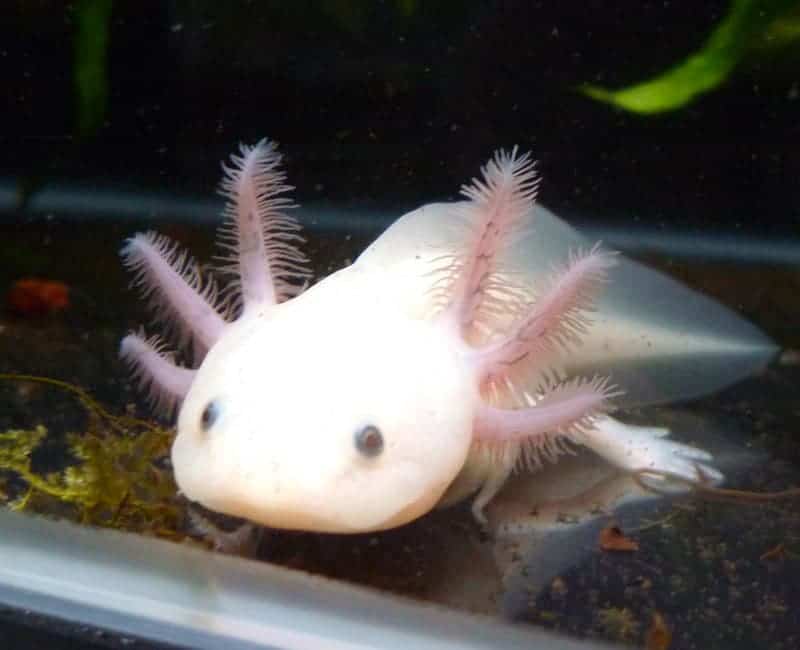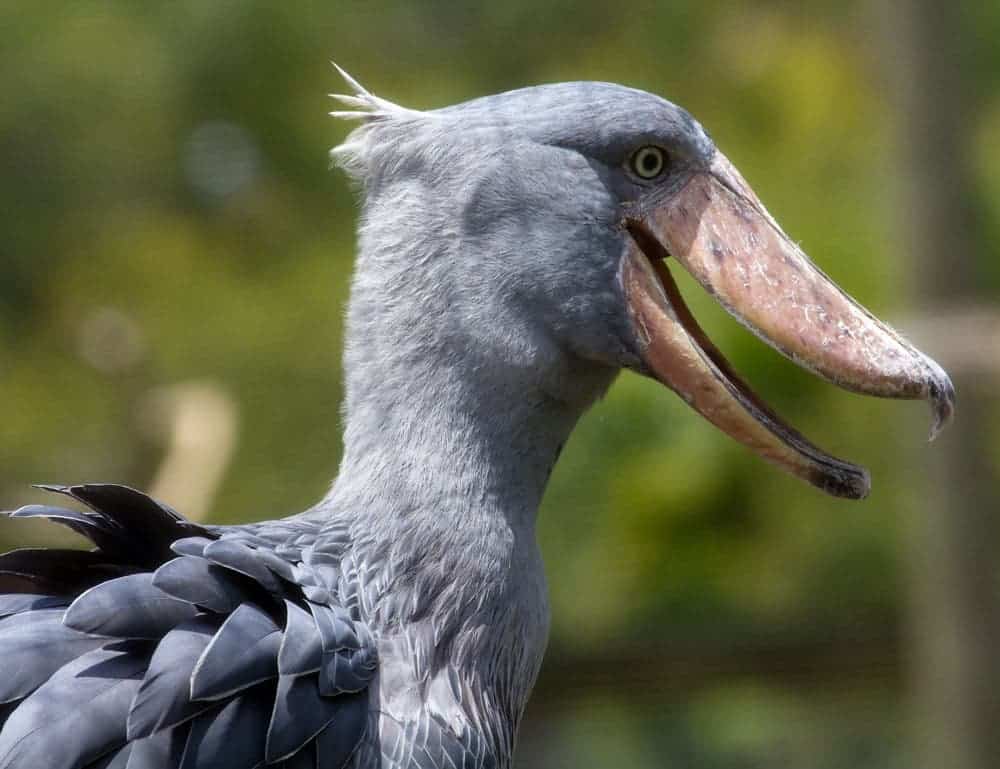A light-hearted survey from the Zoological Society of London (ZSL) found that British people are more likely to know mythical creatures like unicorns and yetis than threatened real life creatures.

The survey of 1,000 people was commissioned by ZSL. They asked people to look at a list combining both fantasy creatures from literature and film with real-life EDGE species (the world’s most Evolutionarily Distinct and Globally Endangered species) — the differences were striking. While 78 per cent of respondents had heard of the Gruffalo (the mythical creature from an eponymous children’s book by Julia Donaldson), only one percent had heard of the hirola (Beatragus hunteri), one of the world’s rarest antelopes. Similarly, high awareness rates were reported for the unicorn (88%), but just three per cent of respondents knew what solenodons are – Caribbean insect-eating animals which hold the distinction of being one of the world’s only venomous mammals.
Of course, you’re comparing apples and oranges, but the purpose of the survey wasn’t to compare them in the first place. It was to start a conversation. Mythical creatures are high in popularity, but we have fantastic beasts here on Earth — they’re going extinct, and we don’t even know about them.
Other popular wonder beasts were the Jabberwocky (65%), the Sasquatch (62%), and the Wookiee (58%), overshadowing the struggling axolotl salamander (20%), shoebill stork (12%) and numbat (8%), an Australian marsupial species.
“This survey, although light-hearted, perfectly highlights the importance of the work of the EDGE of Existence programme, as we’re working tirelessly to save remarkable creatures which, in many cases, the public might not have even heard of,” says ZSL’s EDGE of Existence programme manager Dr Nisha Owen.

What researchers want to is to raise awareness about these struggling animals, let people know that they exist and they’re struggling, and that they can be helped — but public support matters a lot. Just knowing about them, understanding their habitat and ecosystem, doesn’t do much on its own.
“In only our first decade, we’ve mapped, ranked and promoted the conservation of many of the world’s most amazing species – creatures that, if they were allowed to go extinct, would effectively take a whole branch of the tree of life with them.
“By creating a global community of EDGE Fellows, working on the ground to save these fantastic creatures, we’re making a real difference to their long-term prospects. But greater public awareness of their plight is another crucial part of the equation – so as EDGE celebrates its tenth birthday, we’re calling on conservationists worldwide to ensure these species receive the attention they deserve.”
To that end, the ZSL will be hosting a series of special talks, celebrating some of the EDGE species, including pygmy hippos (Choeropsis liberiensis) and Bactrian camels (Camelus ferus), to Malayan tapirs (Tapirus indicus), aye-ayes (Daubentonia madagascariensis) and other lemurs.


